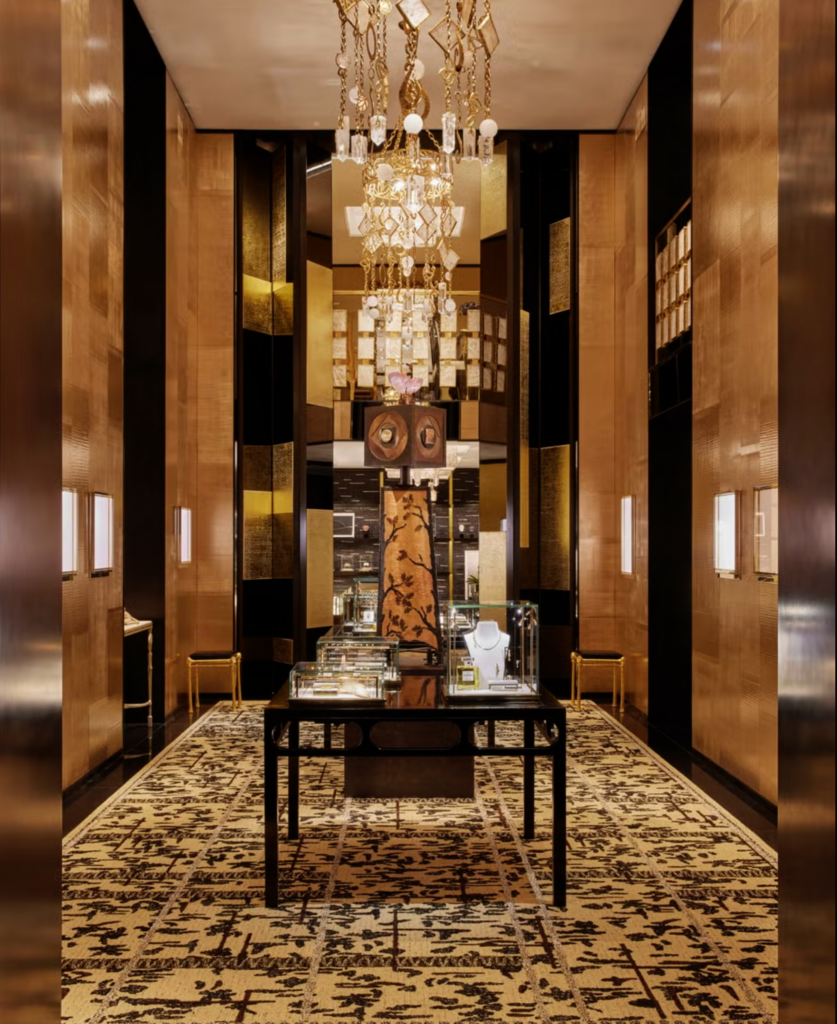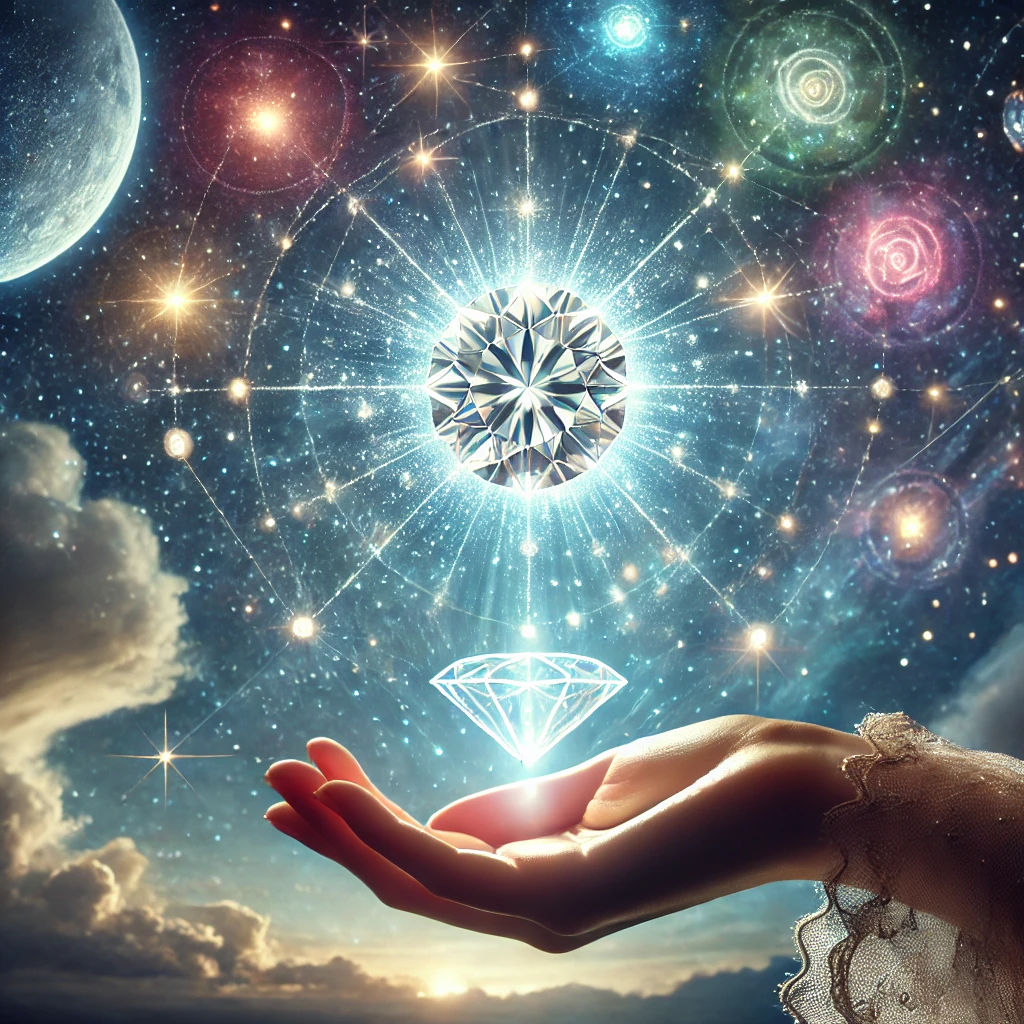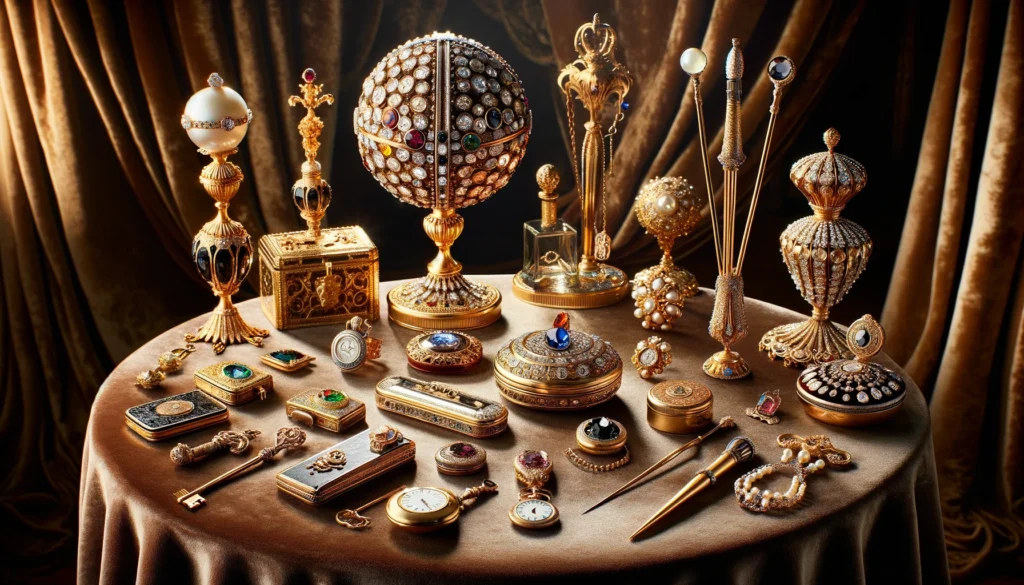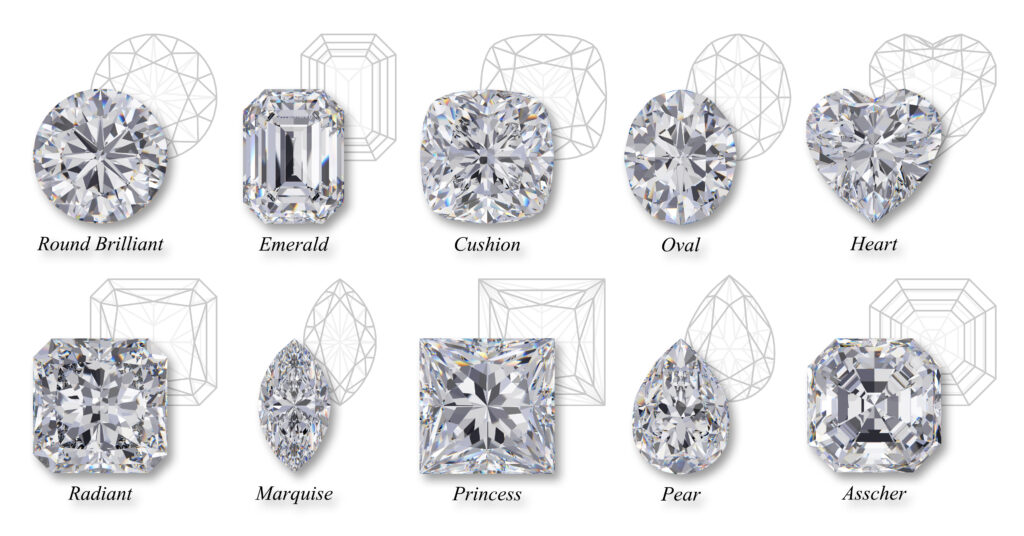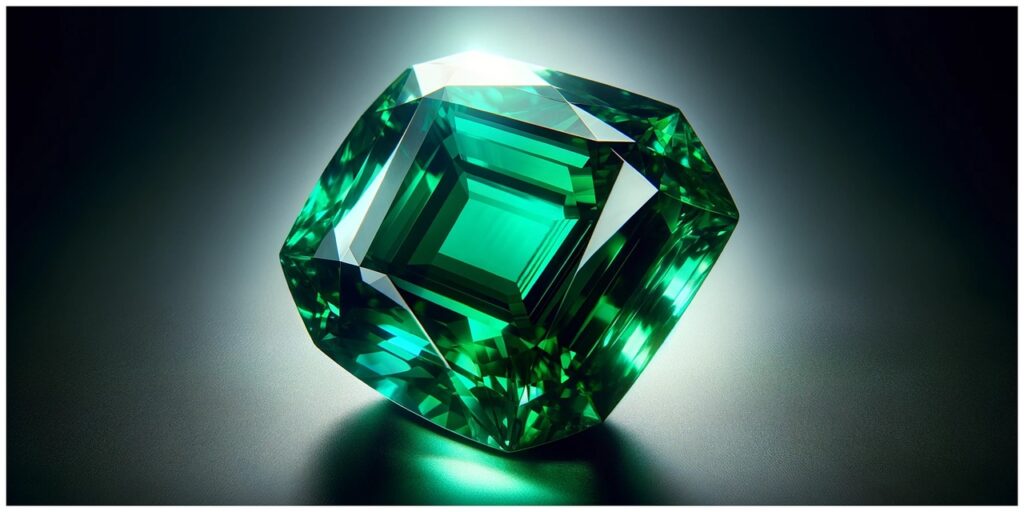
It’s important to know how certain pieces back in the ancient history influenced other industries centuries later.
Emerald is one of those works of art that was seen from Shah Jahan’s dagger to Audrey Hepburn’s successful career.
The quality of the emerald accessible to the Ancient Egyptians were not up to the high standards of today. In 1800 BCE, the emerald mine in Egypt owned by the emerald enthusiast, Pharaoh Cleopatra was near exhaustion. It’s said that Cleopatra adorned herself and her palace with emeralds but also often gift emerald to dignitaries and nobility she wished to reward. The mine became known as ‘The Mine of Cleopatra’ due to her patronage. Though lost for centuries, the mines were rediscovered in 1816 by a French mineralogist named Frederic Cailiaud. The ancients considered these gemstones sacred symbols of fertility and immortality.
In 1616, English ambassador Thomas Roe speaks of a cup, cover, and dish used by Jahangir, set with turquoises, rubies, and emeralds. In imperial portraits emerald jewelry became more noticeable as well, as demonstrated by the likeness of Shah Jahan discussed above, in which he wears emeralds mounted in necklaces and turban ornaments.
Dating back to 1628, an artwork of Shah Jahan with Bejeweled dagger tucked into the sash tied around the Mughal emperor Shah Jahan waist, and he wears a treasury of gems set in his ears and on his turban, wrapped around his upper arms, circling his wrists, and suspended in the long strands of his necklaces. Amidst all of this finery, however, there is one item that stands out: the sizeable emerald Shah Jahan grasps in his left hand, secured in a gold setting and encircled by pearls. This, we might speculate, is the very emerald that he captured during an important military campaign that he led as a prince, one of the many treasures he plundered from the sultan of Bijapur in central India. On his return to the Mughal court, Shah Jahan presented the emerald to his father, the emperor Jahangir, as a show of his fealty.
Traveling forward to 329 years ahead, in the musical comedy “Funny Face” when Jo (Audrey Hepburn) descends a staircase at the Louvre with her stunning red floor-length gown designed by Hubert de Givenchy, paired with a matching chiffon and an ornate emerald necklace. It’s possible that the jewels Hepburn wore around her neck was owned by the Duchess of Windsor, which came from a pair of ankle bracelets previously owned by Sita Devi Sahib, the Maharani of Baroda, which were then sold to Harry Winston and refashioned. The updated necklace featured 52 cabochon pear-shaped emeralds and 28 rose-cut diamonds.
According to Spanish jewelry expert Pablo Milstein, the Duchess of Windsor ended up getting rid of the necklace after the Maharani. The Duchess reportedly exchanged them for a 48.95 carat pear-shaped emerald from Harry Winston. The stone is said to have been property of King Alfonso XIII of Spain, who sold it after he was exiled from his Kingdom in 1931. Later, the stone was suspended on a Cartier necklace, a piece the Duchess famously wore until her later years. With following the journey of the emerald, what stands out the most is how a gemstone can carry a legacy and showcase the significance of this gemstone and the social status that it carries.



